The career and financial cycle of an athlete is different than that of any employee or business owner. The peak of an athlete’s career along with the high earnings and substantial cash flows takes place early in the life of the athlete. Hence, the athlete is required to have in place a financial plan which will cater for the post retirement days. Financial plans are written, organized strategies for maintaining financial health and accomplishing financial goals. Developing a personal financial plan, will not only allow athletes to control their financial situation but can enhance their quality of life by reducing the uncertainty they feel about money-related issues and future needs. Financial planning must start from the first day that athletes sign their first professional contract, no matter how big or small such contract is. Athletes need to set up a money management plan, which will be continuously updated to cater for the different stages of their sports career. A professional athlete’s career consists of three different stages. We go through each stage below and for each stage we identify the main objectives of the corresponding money management plans.
1. ROOKIE DAYS
This is where your career, cash flows and earnings begin. In the beginning these earnings are usually small, but so are your expenses and obligations. This is the point where you must set-up a specific spending plan. Setting up a spending plan is an easy process which will help you acquire a clear understanding of your spending needs. Also setting up a spending plan will help you figure out how much money you can save in order to reach your long-term financial goals. The process for drafting a spending plan is fairly simple: First you have to define what your take-home (or disposable) income is. Then you should list the bills you have to pay every month, such as your mortgage or rent, car payment, insurance premiums, utilities and other living expenses. Once you have that, you can simply subtract your expenses from your disposable income. If you’re close to zero or get a negative number then it means you have to take a second look at your non-essential expenses, such as cable TV, entertainment and travel. These items are easier to trim if you are already spending too much or if the money spent on those items is needed elsewhere.
The goal is to adjust your spending until you’re spending less than you make or are saving enough to meet your other financial priorities such as creating an emergency fund, paying off credit card debt and saving for retirement.
2. PRIME DAYS
If things work out fine for you in your rookie days you are now at the peak of your career and consequently at your top earning bracket. Although the increased cash flows usually come along with bigger obligations and expenses, you need to stay focused on your spending plan. It is understandable that there are certain things that you wish to purchase that you could not afford before and you may also want to upgrade your standard of living. However, you need to always make sure that you spend less than what you earn and that you save enough money for the future.
Your main goals during this period should be the following:
- Eliminate your debt – pay out any credit card and loan balances
- Get proper insurance coverage
- Health Insurance
- Life insurance
- Disability insurance
- Create your children’s college funds
- Create your retirement fund
- Start working on your investment portfolio
3. NEARING RETIREMENT
When you are nearing retirement from sports you have to start working on your transition strategy. Usually athletes are correctly advised that one of the things they must do is to create a parallel business into which they can transition when they retire from sports. You may also refer to one of our previous blog posts in regards to getting ready for entrepreneurship in your post sports career: http://moneysmartathlete.com/2018/10/10/business-fundamentals-for-aspiring-money-smart-athlete-entrepreneurs/.
In addition to creating a parallel business, there are other things that athletes can do in order to create alternative passive streams of income. With the guidance of your financial/investment advisors you can use one or a combination of the below, in order to create passive income inflows:
- Create a stocks/bonds portfolio
Build a stocks/bonds portfolio in order to create streams of income from dividends, capital gains and interest income.
- Invest in real estate
Investment in property can be transformed into a fully-fledged revenue generating retirement program, if done carefully and with a long-term view. Investments in property can generate steady rental income and their long-term appreciation may be cashed-out when selling the properties.
- Index funds
Investing in an index fund means that the fund will handle matters like choosing specific investments which mimic a stock index, rebalancing your portfolio, or knowing when to sell or buy individual companies’ stocks so that you don’t have to worry about managing your investments. In addition, history has shown that index funds tend to earn more than mutual funds in the long-run.
The key to achieving financial freedom through money management is determining your financial goals and setting up an appropriate plan to achieve them. Different career stages and life circumstances will definitely necessitate regular updates to your money management strategy. However, proper planning and constant monitoring will provide you with the tools to adjust your money management strategy to your career changes so that you maximize your wealth. For a discussion on how to approach and adjust money management throughout your sports career for maximum impact, you may contact us at [email protected].

